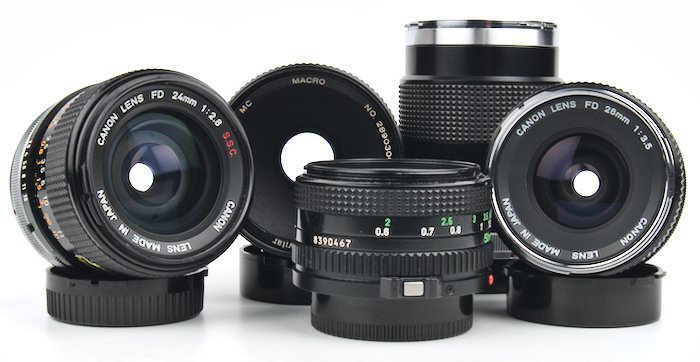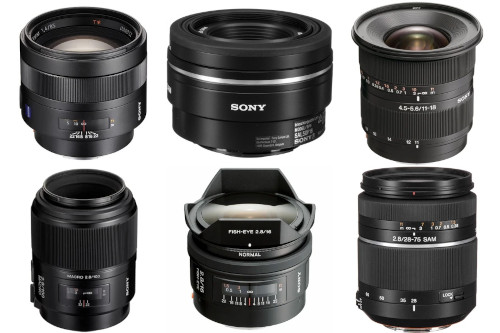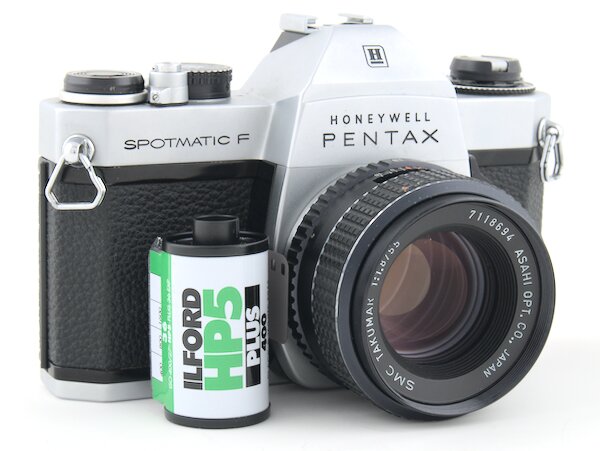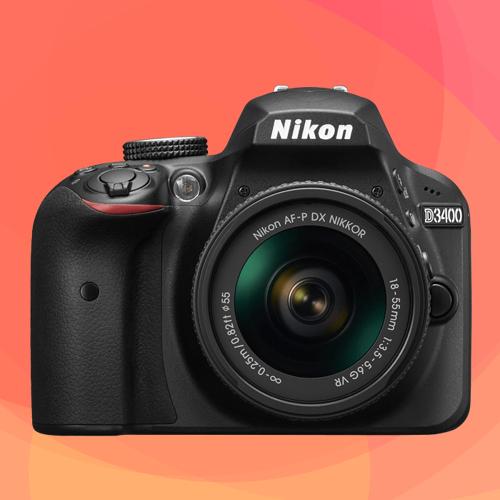
The Best Nikon D3400 Lenses for New Photographers on a Budget
- Nathaniel Stephan
- Nikon d3400
- June 3, 2023
Table of Contents
If you’re the proud owner of a Nikon D3400 and you’re looking to enhance your photography skills, picking the right lens can make all the difference. The Nikon D3400 is a fantastic DSLR, offering great quality at an entry-level price. However, the real power of any camera comes from the lens.
| Lens | Type | Focal Length | Aperture | Image Stabilization |
|---|---|---|---|---|
| Nikon AF-S DX NIKKOR 18-55mm f/3.5-5.6G VR | Zoom | 18-55mm | f/3.5-5.6 | Yes |
| Nikon AF-S DX NIKKOR 35mm f/1.8G | Prime | 35mm | f/1.8 | No |
| Nikon 70-300mm f/4.5-6.3G ED VR | Zoom | 70-300mm | f/4.5-6.3 | Yes |
| Nikon AF-S DX NIKKOR 10-24mm f/3.5-4.5G ED | Zoom | 10-24mm | f/3.5-4.5 | No |
| Nikon AF-S DX Micro NIKKOR 40mm f/2.8G | Prime | 40mm | f/2.8 | No |
Lens Basics
Before diving into the specific lenses compatible with the Nikon D3400, it’s important to understand some basic concepts about camera lenses. Knowing these fundamental aspects will help you make a more informed decision about which lens best suits your needs.
Understanding Focal Length
Focal length, measured in millimeters (mm), is essentially the distance between the lens and the image sensor when the subject is in focus. It defines the field of view captured in a photo and how ‘zoomed in’ it appears. For instance, a lens with a lower focal length, say 18mm, is considered wide-angle. It captures more of the scene in a single frame, making it excellent for landscape photography or large group portraits.
On the other hand, lenses with higher focal lengths, such as a 200mm lens, fall into the telephoto category. These lenses can capture less of the scene but in greater detail. Think of it as a magnifying glass for faraway subjects. It’s great for wildlife photography, where you can’t get close to your subject, or portrait photography, where you want detailed focus on your subject while blurring out the background.
Aperture Explained
The aperture of a lens is a critical aspect of how much light it allows onto the image sensor. Represented by ‘f’ followed by a number (for example, f/2.8), it’s the size of the hole through which light enters the camera. The lower the number, the larger the hole and thus, more light enters the camera. Conversely, a higher number indicates a smaller aperture and less light entering.
This is crucial for low-light photography. For instance, if you’re shooting in a dimly lit environment, a lens with a large aperture (such as f/1.8) can capture more light and produce a brighter image than one with a smaller aperture (like f/5.6).
Besides controlling light, the aperture also influences the depth of field. A lens with a large aperture can create a ‘bokeh’ effect, blurring the background and making the subject stand out, which is often desired in portrait photography.
What is Image Stabilization?
Image stabilization (IS) is a feature that compensates for small movements of the camera, such as hand-shaking or the slight jarring caused when pressing the shutter button. These tiny movements can cause blur in your photos, particularly noticeable when shooting at slow shutter speeds or when using telephoto lenses.
For example, if you’re shooting handheld wildlife photography using a 300mm lens, even the slightest movement can cause your subject to blur. But if your lens has image stabilization, it can correct for these movements and deliver a sharper photo. Some lenses offer up to 4 stops of stabilization, meaning you can use a shutter speed 16 times slower than without stabilization.
Zoom vs Prime Lenses
Zoom lenses, like the commonly used 18-55mm or 70-300mm lenses, offer a range of focal lengths. This gives you the flexibility to adjust your field of view without changing your position or lens, making zoom lenses a versatile choice for various situations, from capturing wide landscapes to zooming in on distant subjects.
In contrast, prime lenses have a fixed focal length, like 50mm or 35mm. While this means they lack the versatility of zoom lenses, they often provide superior image quality. This is because prime lenses have fewer moving parts and can be optimized for a specific focal length, resulting in sharper images. For instance, a 50mm prime lens can provide stunningly clear and detailed portraits.
Lens Mount and Format
The Nikon D3400 uses a Nikon F-mount, which is the mount design used by Nikon to connect lenses to their DSLRs. It supports both DX and FX format lenses. DX lenses are designed for cameras with smaller APS-C sensors like the D3400, providing a focal length exactly as stated on the lens.
FX lenses, on the other hand, are designed for full-frame cameras, which have a larger sensor. You can still use an FX lens on a DX camera like the D3400, but it applies a 1.5x crop factor, effectively increasing the focal length. For instance, an FX 50mm lens used on a D3400 will behave like a 75mm lens (50mm x 1.5).
Understanding these lens basics will not only help you choose the best lens for your Nikon D3400 but also improve your overall photography skills by knowing how to make the most of your lens’ features.
Affiliate Links
Outside the Shot is a participant in the Amazon Services LLC Associates Program, an affiliate advertising program designed to provide a means for sites to earn advertising fees by advertising and linking to Amazon.com.
As an eBay Partner, I may be compensated if you make a purchase. I also participate in affiliate advertising programs with KEH and Adorama. More can be found on the Affiliate Discolsure page.
I have purchased gear from all of these companies and I expect them all to receive repeat business from me.
Understanding Nikon D3400 Lens Compatibility
Your Nikon D3400 is equipped with an F-mount, which opens up a wide range of Nikon lenses to you. While you can use both DX and FX format lenses, bear in mind that using an FX lens on a DX camera like the D3400 will apply a 1.5x crop factor, effectively increasing the focal length.
1. Nikon AF-S DX NIKKOR 18-55mm f/3.5-5.6G VR
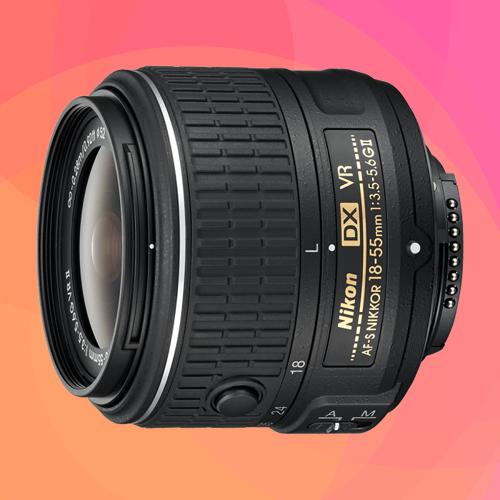
The Nikon AF-S DX NIKKOR 18-55mm f/3.5-5.6G VR, often called the kit lens, is the lens most frequently bundled with the Nikon D3400. This lens has a versatile focal length ranging from 18mm to 55mm, making it a great all-around choice for a variety of photography scenarios.
At 18mm, you can capture wide-angle scenes, which is perfect for landscape or group photography. At 55mm, you’re into portrait territory, allowing you to focus more closely on your subject and capture more detail. The lens also features Vibration Reduction (VR), Nikon’s term for image stabilization, which assists in capturing sharper images when shooting handheld or in low-light conditions.
However, this lens has its limitations. With a maximum aperture range of f/3.5-5.6, it’s not the best choice for low-light photography. In addition, the image quality, while decent, won’t match that of higher-end lenses.
See current price and more information on:
Pros and Cons
- Pros
- Lightweight and compact, making it easy to carry
- Versatile focal length suitable for various types of photography
- Image Stabilization helps in capturing sharper images
- Cons
- Performance in low light can be underwhelming due to its maximum aperture
- Image quality is good but not exceptional
Examples of Photography
This lens is a jack-of-all-trades, ideal for general photography, travel, landscapes, and portraits. Whether you’re capturing a scenic mountain range or taking a family portrait, this lens can handle it all.
2. Nikon AF-S DX NIKKOR 35mm f/1.8G
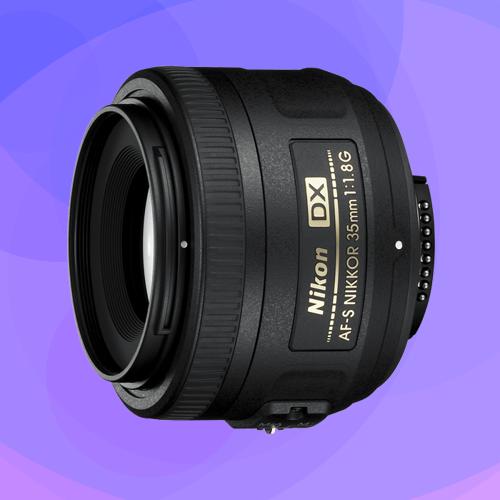
The Nikon AF-S DX NIKKOR 35mm f/1.8G is a prime lens that provides excellent image quality. The fixed focal length of 35mm is versatile, making it suitable for a variety of situations.
This lens shines in its ability to handle low-light conditions thanks to its wide f/1.8 aperture. This larger aperture allows more light to reach the camera’s sensor, resulting in brighter images in low-light scenarios. Moreover, a wide aperture creates a shallower depth of field, producing a pleasant ‘bokeh’ effect which is great for portraits and street photography.
See current price and more information on:
Pros and Cons
- Pros
- Delivers excellent image quality
- Performs well in low light due to its wide aperture
- Compact and lightweight design for easy portability
- Cons
- No zoom capability due to fixed focal length
- The field of view might be too narrow for some landscapes and too wide for some portraits
Examples of Photography
This lens excels in portrait, street, and low-light photography. Its wide aperture and sharp optics make it a stellar choice for capturing detailed street scenes or intimate portraits with beautiful background blur.
3. Nikon 70-300mm f/4.5-6.3G ED VR
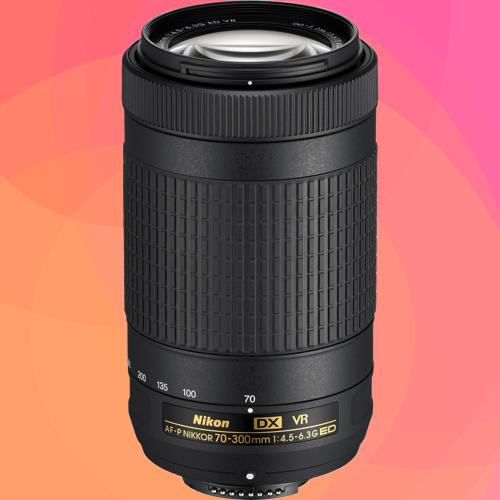
The Nikon 70-300mm f/4.5-6.3G ED VR is a telephoto lens designed for capturing distant subjects. With a focal length range of 70-300mm, you can achieve impressive close-ups of subjects that are far away.
This lens also features Vibration Reduction, making it easier to capture sharp images even when shooting at longer focal lengths. However, it’s not ideal for low-light situations due to its smaller maximum aperture (f/4.5-6.3).
See current price and more information on:
Pros and Cons
- Pros
- Provides a long reach, ideal for capturing distant subjects
- Features Image Stabilization, essential when using longer focal lengths
- Cons
- Low-light performance is less than ideal due to its smaller maximum aperture
- Can be heavy and bulky, which could affect portability
Examples of Photography
This lens is perfect for wildlife, sports, and bird photography. The long reach allows you to capture the action from a distance, making it perfect for situations where you cannot (or don’t want to) get close to your subject.
4. Nikon AF-S DX NIKKOR 10-24mm f/3.5-4.5G ED
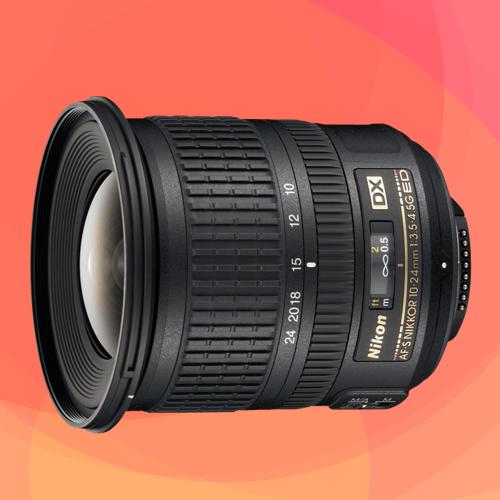
The Nikon AF-S DX NIKKOR 10-24mm f/3.5-4.5G ED is a wide-angle lens offering an expansive field of view. This lens is ideal for capturing large scenes in a single frame, such as vast landscapes, architectural photography, or interior shots where space is limited.
Its build quality is robust, and the lens construction includes Extra-low Dispersion (ED) glass elements to reduce chromatic aberration, ensuring superior image quality. However, its maximum aperture of f/3.5-4.5 makes it less suited for low-light photography.
See current price and more information on:
Pros and Cons
- Pros
- Offers a wide field of view, perfect for capturing expansive scenes
- Good build quality for longevity
- Cons
- Can be expensive, might not fit into everyone’s budget
- Not optimal for low-light conditions due to its maximum aperture
Examples of Photography
This lens shines in landscape, architecture, and indoor photography. Whether you’re capturing a breathtaking sunset over a canyon, the intricate detail of a towering skyscraper, or the cozy ambiance of a small café, this lens will deliver excellent results.
Nikon AF-S DX Micro NIKKOR 40mm f/2.8G
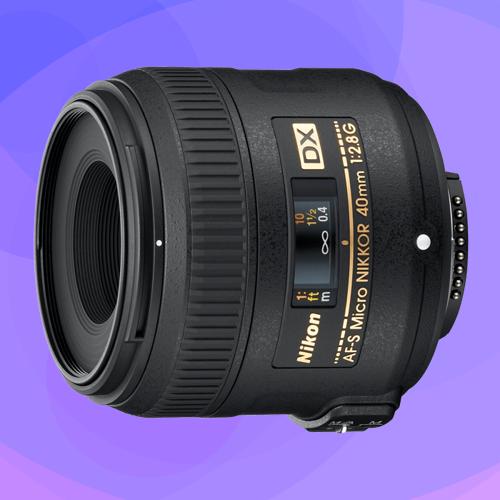
The Nikon AF-S DX Micro NIKKOR 40mm f/2.8G is a prime lens specially designed for macro photography, a type of photography that involves taking close-up shots of small subjects like insects, flowers, and small objects.
This lens features a maximum aperture of f/2.8, allowing for a shallow depth of field and beautiful background blur, or ‘bokeh’. This aperture also ensures good performance in low-light situations. With a 1:1 magnification ratio, this lens can reproduce subjects at life size, capturing minute details that are often unseen by the naked eye.
Furthermore, the lens incorporates Nikon’s Silent Wave Motor (SWM), ensuring quiet autofocus operation, which can be particularly useful when you need to get close to your subjects without disturbing them.
However, because it’s a macro lens with a relatively narrow field of view, it might not be as versatile as other lenses for general-purpose photography.
See current price and more information on:
Pros and Cons
- Pros
- Excellent for macro photography with 1:1 magnification
- f/2.8 aperture allows for good low-light performance and shallow depth of field
- Silent Wave Motor for quiet and smooth autofocus operation
- Cons
- Not as versatile as other lenses due to its specific focus on macro photography
- At 40mm, it might require you to get very close to your subjects
Examples of Photography
The Nikon AF-S DX Micro NIKKOR 40mm f/2.8G is perfect for macro photography, where you want to capture small subjects in great detail. It excels in capturing stunning close-ups of flowers, insects, jewelry, or any object where detail is crucial. However, the 40mm focal length also makes it a decent lens for portraits, delivering sharp images with a pleasing background blur.
Conclusion
Choosing the right lens for your Nikon D3400 largely depends on what you want to capture. Understanding lens basics and compatibility is the first step towards making the right choice. The lenses discussed in this article offer a great start to diversify your photography. Remember, while equipment is essential, the skill and vision of the photographer are what truly make a photograph extraordinary.
